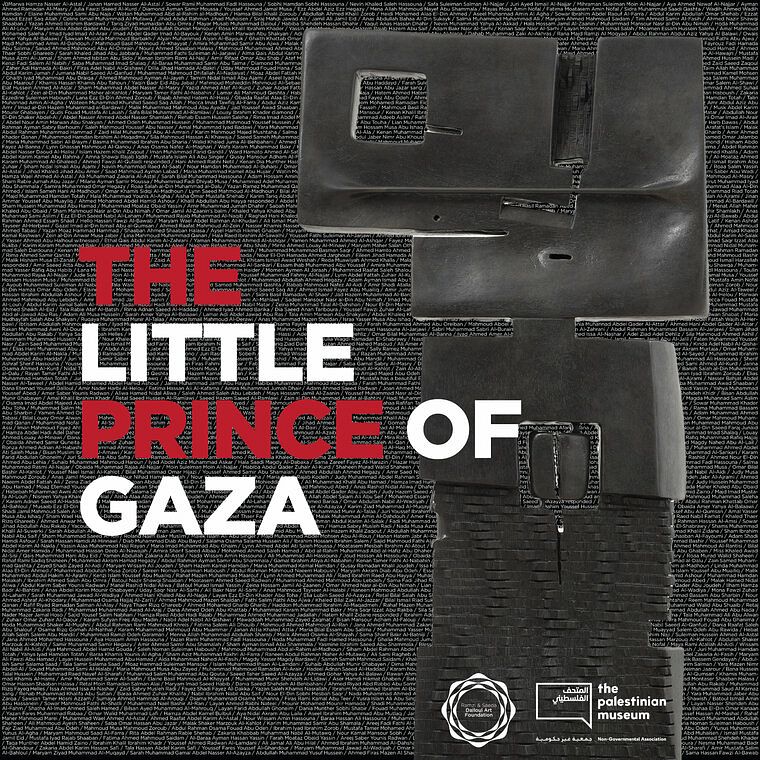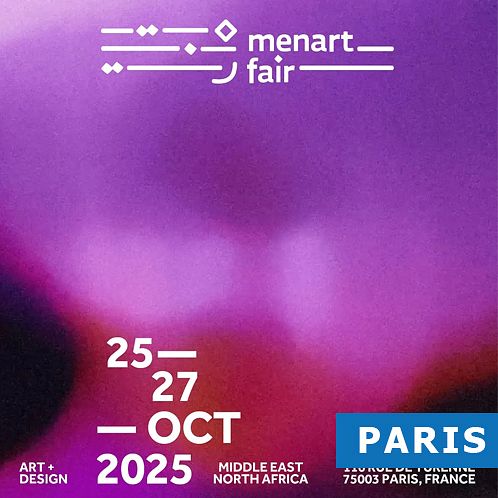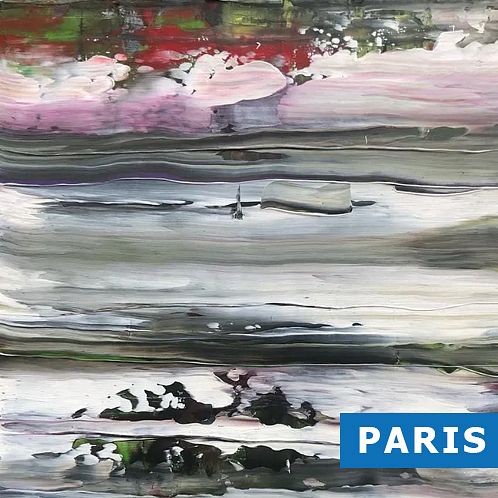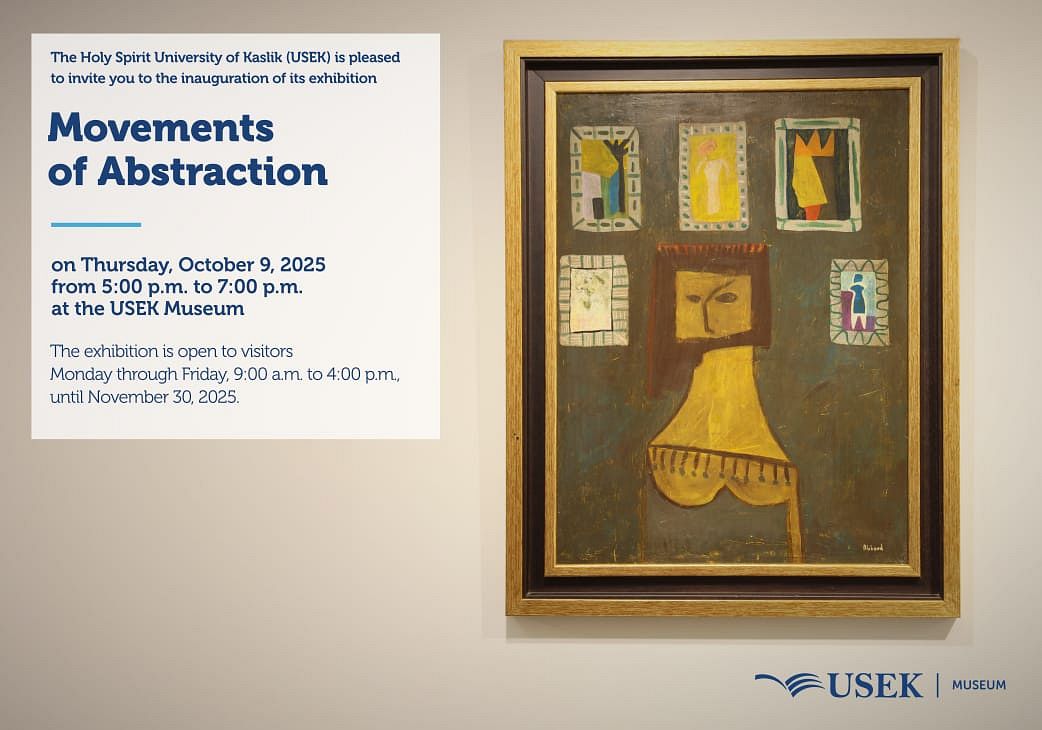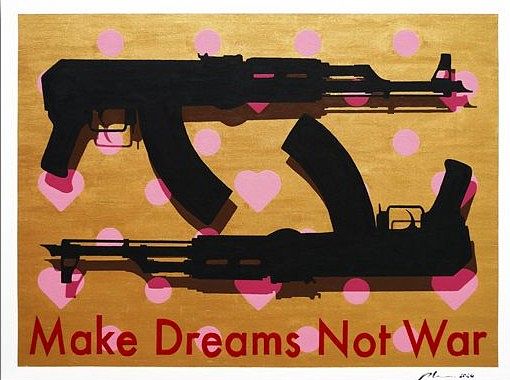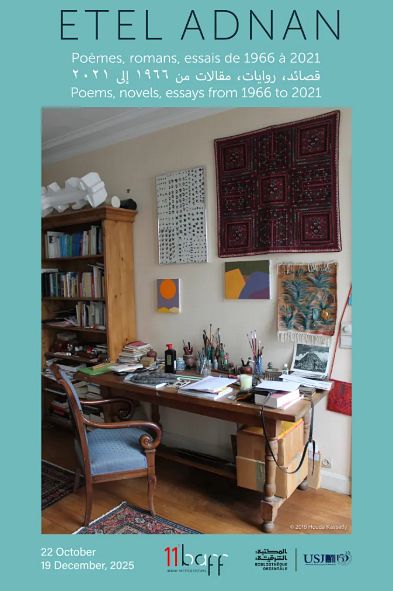THE LITTLE PRINCE OF GAZA
ArtVernissage: 21/12/2023 à 18:00
Du 21/12/2023 à 11:00 jusqu'au 15/04/2024 à 19:00
Guided tours are offered from Thu 21st December to the public on Tuesdays and Thursdays 11am-1pm / 4pm-6pm. Saturdays 11am-1pm
To attend please schedule a tour - click here >>
The Little Prince of Gaza exhibition is organized by the Ramzi and Saeda Dalloul Art Foundation (DAF), in Beirut, in collaboration with the Palestinian Museum in the West Bank, Palestine. It is dedicated to the innocent children of Gaza who are victims of the ongoing Israeli – Palestinian relentless conflict. This exhibition is not just a display of art; rather, it is a memorial, a narrative, and a poignant tribute to more than 8,500[1] young lives, ages zero to eighteen, currently lost, and to the endurance of a culture that continues to hope against all odds.
Inspired by Chaouki Choukini’s bronze sculpture titled Small Prince: Child of Gaza, 2010, this exhibition highlights the Palestinian cause in general and the conditions of Palestinian children in particular. Set against the backdrop of the continuing 2023 Israeli aggression on innocent Palestinian civilian lives, The Little Prince of Gaza exhibition offers a platform to highlight the Palestinian struggle and the voices that often go unheard within this conflict – those of children.
On October 7, 2023, Hamas, the Islamic resistance movement and main governing body of the Gaza strip, carried out a stealth attack on the Israeli border. Hundreds were killed and dozens taken hostage on that day. Claiming self-defense, the Israeli military retaliated with disproportionate escalation of hostilities upon the besieged enclave.
Despite the calls for a ceasefire[2], Israel and its allies continue to allow the ongoing genocide and unprecedented destruction[3] of Palestinian homes, basic infrastructure and land, as well as the staggering devastation of its youngest inhabitants’ lives[4].
Key to this exhibition is the sculpture, Small Prince: Child of Gaza, which has been positioned center stage upon a podium, as it offers a concrete representation of who and what is being destroyed in the attacks taking place in Gaza. The statue, constructed from bronze and standing just over a meter tall, carries an intertwined storyline reflecting the fragmentation of the lives of the children of Gaza and its effect on them.
The Small Prince: Child of Gaza’s cubist style materializes the incongruity of a child perpetually stuck in a state of shock, as seen on the statue’s face with its wide eye and small mouth, while also suddenly emerging as an unforgiving reflection of the brutal images of carnage coming out of Gaza. Where the material was meant to reflect the breakdown and disjointedness of children’s lives under occupation, it has now materialized as torn limbs, destruction of the safety of home, and the further displacement of Palestinians within their own lands. However, while some aspects of this piece embody the tragic reality, its carved heart tells us there’s more: through his engraved eye, the little boy looks toward the future, while his ever-present heart emphasizes the tenacity of life.
The title of the exhibition, The Little Prince of Gaza, pays homage to the universally beloved novella Le Petit Prince by Antoine de Saint-Exupéry. Le Petit Prince’s charm comes from the juxtaposition of the sincere naivety, innocence, and observations of its main character, the little boy, in his interactions with the absurdity and loneliness of the adults he meets on his adventures. The little boy is often frustrated by the inability of adults to understand anything important about the world without extensive explanations. While these exchanges are meant to romanticize the innate wisdom carried within all children who view the world through a lens of innocence, the little boy’s character growth comes through his understanding of the responsibility he owes to those he loves: “You become responsible, forever, for what you have tamed.”[5] This is framed as a moment of true growth, where the little boy recognizes what is truly important in the world. Similarly, the statue tells us that for the children of Gaza, there should be room for whimsy and adventure, for personal growth into full-fledged adults; however, the truth of its construction with the hard bronze and fragmented cubism suggests another, much harsher, reality.
In much of the mainstream Western media[6], the military mission upon Gaza is biased along the cold logic of political realism. In this framework, the self-interests and the very survival of the Israeli state, and its subsequent military reaction, follows the morally dubious concept of ‘the end justifies the means’. This is rationalized to viewers through notions such as thousands of human lives being comparable to collateral damage, the disproportionate use of force being necessary, and that the razing down of people’s homes and lives being a reasonable cost. In the process, the message becomes abundantly clear: one set of lives is more valuable than the other.
Indeed, there is another Prince that can be brought into the conversation to illuminate this fundamental clash of morality: Niccolò Machiavelli’s The Prince[7] – a political treatise meant to provide state rulers with advice on how to acquire and maintain power for the sake of the republic. In many circumstances laid out by Machiavelli in this book, it is often perceived that the ruler is to use force, manipulation, and cunning to achieve his ends. However, often forgotten in the popular discourse about this work is the underlying premise that the pursuit of power is in the interest of State, and not personal gain[8].
The Small Prince: Child of Gaza stands in opposition to this distorted Machiavellian spirit and the justification for ‘rulers’ to set aside moral and ethical considerations if it serves their personal interests instead of the state’s. The statue boldly affirms, through its solid and grounded form, that the dismissal of ethical consideration has a concrete, lived, and unabstracted consequence that reverberates through generations. It roots the ‘collateral damage’ firmly as people who are being deliberately ‘crushed’, and who are seen as being unworthy of too much consideration. The brash machismo often popularly attributed to Machiavelli’s The Prince must constantly be scrutinized and rejected, especially when it is presented as a mere ‘reality’ that must be accepted.
The Little Prince of Gaza exhibition displays a different reality, one that is true to the experiences of those dispossessed, oppressed, and silenced. It is not meant to abstract the Palestinian condition; instead, it is meant to place witnesses face-to-face with a difficult perspective that often carries anguish, sadness, and rage, while also maintaining a tenacious hope.
The Little Prince of Gaza serves as a stark juxtaposition to the cold realpolitik of Machiavelli's The Prince. It shatters the illusion of detachment required to believe, for instance, that the relentless suffering and dispossession of the children and youths of Gaza is defensible for any reason. By centering the experiences of the oppressed instead of the oppressor, this exhibition confronts the audience with the harsh realities faced by the Palestinian people in Gaza. It challenges the viewer to see beyond the uninspiring rhetoric of political realism, and to examine the multitudes of expression related to Palestine.
Organized by The Ramzi & Saeda Dalloul Art Foundation (DAF), in Beirut, in collaboration with the Palestinian Museum in Birzeit, December 2023.
Curatorial theme by Wafa Roz
Text written by Boushra Batlouni
Edited by Wafa Roz & Elsie Labban
ÉVÉNEMENTS SIMILAIRES
